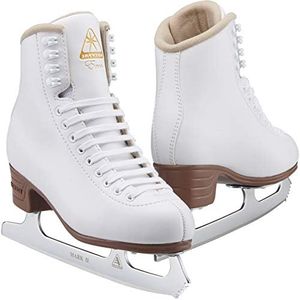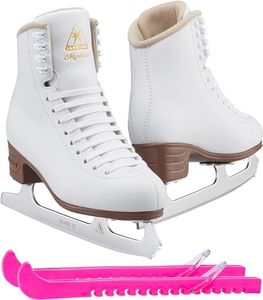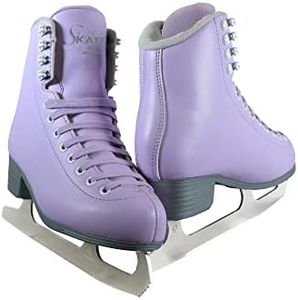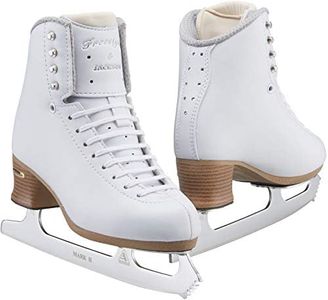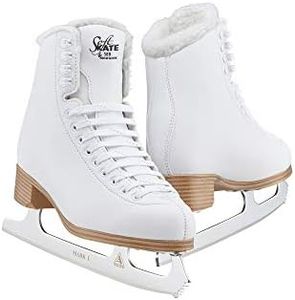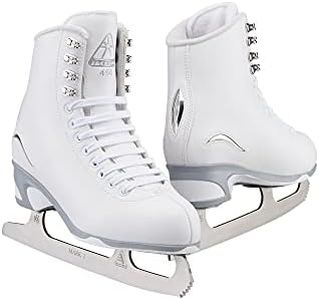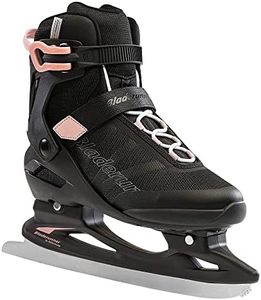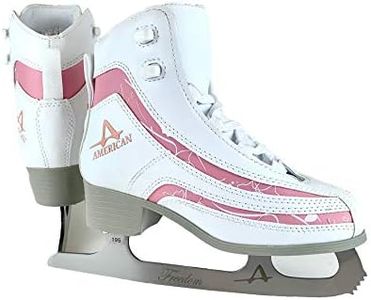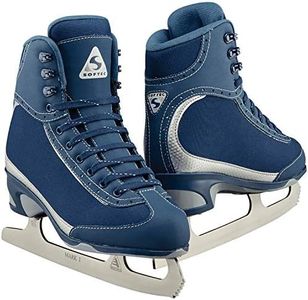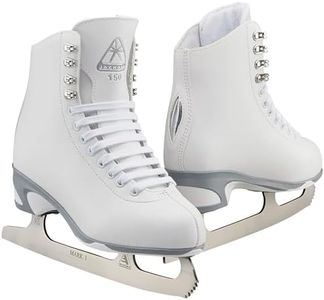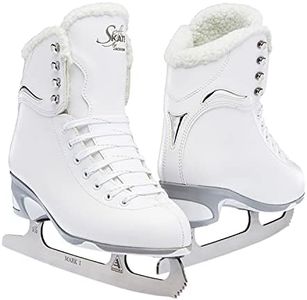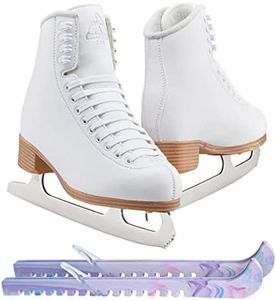We Use CookiesWe use cookies to enhance the security, performance,
functionality and for analytical and promotional activities. By continuing to browse this site you
are agreeing to our privacy policy
10 Best Womens Ice Skates
From leading brands and best sellers available on the web.Buying Guide for the Best Womens Ice Skates
Choosing the right women's ice skates can really enhance your comfort and performance on the ice, whether you're just starting out, skating for fun, or aiming to improve your skills. The perfect skate depends on how you plan to use them – for figure skating, hockey, or recreational gliding. It's important to consider how the fit, comfort, support, and blade quality all work together for your safety and enjoyment. Taking the time to understand these important features will help you find a pair that feels great and matches your activity level.Boot SupportBoot support refers to how firm and structured the boot of the skate is. This is important because the right amount of support helps protect your ankles from twists and strains while giving you control over your movements on the ice. Skates with stiff support are generally better for advanced skaters doing jumps or spins, while softer support will feel more comfortable for beginners or casual users. If you’re new to skating or mostly skate leisurely, look for moderate support that offers enough stability but doesn’t feel too rigid.
Blade Type and QualityThe blade is the metal part that actually contacts the ice, and its type and quality greatly influence your skating experience. Figure skates typically have longer blades with a toe pick for precise moves, while hockey skates have shorter, curved blades for speed and agility. If you're interested in figure skating, a pronounced toe pick is helpful for jumps and spins. For general fun and easy gliding, look for a smooth, rust-resistant blade with a medium curve that gives good balance and easy steering.
Fit and SizingFit and sizing ensure that the skate is snug but comfortable, preventing blisters and improving control. This spec is crucial because an ill-fitting skate can cause pain or injury and make skating less enjoyable. Ice skates often fit differently than regular shoes—sometimes you need to go a size down. It's best to measure your foot and consult each brand's size chart for the best fit. If you are unsure, always prioritize comfort and check if the lining and padding suit your foot shape.
Lining and PaddingLining and padding refer to the inner materials that cushion your foot and add warmth. This matters because a good lining helps to prevent soreness, keep your feet warm, and wick away moisture. Thicker padding can make skates very comfortable for beginners or for skating in cold rinks, while advanced skaters may want less bulk for a tighter feel and more control. Think about how long and where you’ll be skating—more padding is better for longer, chillier sessions, while minimal padding suits short or intense activities.
Weight of the SkateThe weight of the skate affects how easy it is to move and perform tricks. Heavier skates can feel more stable, but lighter ones usually allow quicker footwork and can be less tiring. Beginners and recreational skaters often enjoy a balanced weight that isn’t too heavy, while those working on jumps and complex moves may want a lighter option. Consider your own strength and how much support you need—if you tire easily, look for lighter skates, but if you value steady support, a bit of weight can help.
Closure SystemThe closure system is how you secure your skates, such as laces, buckles, or Velcro straps. This matters because a good closure keeps the skate snug and prevents shifting while skating. Traditional laces offer the most customizable fit, while buckles and Velcro are often quicker and easier for beginners or children. If you like to adjust your fit precisely, choose laces; if you're after convenience and quick changes, buckles or Velcro are handy.
